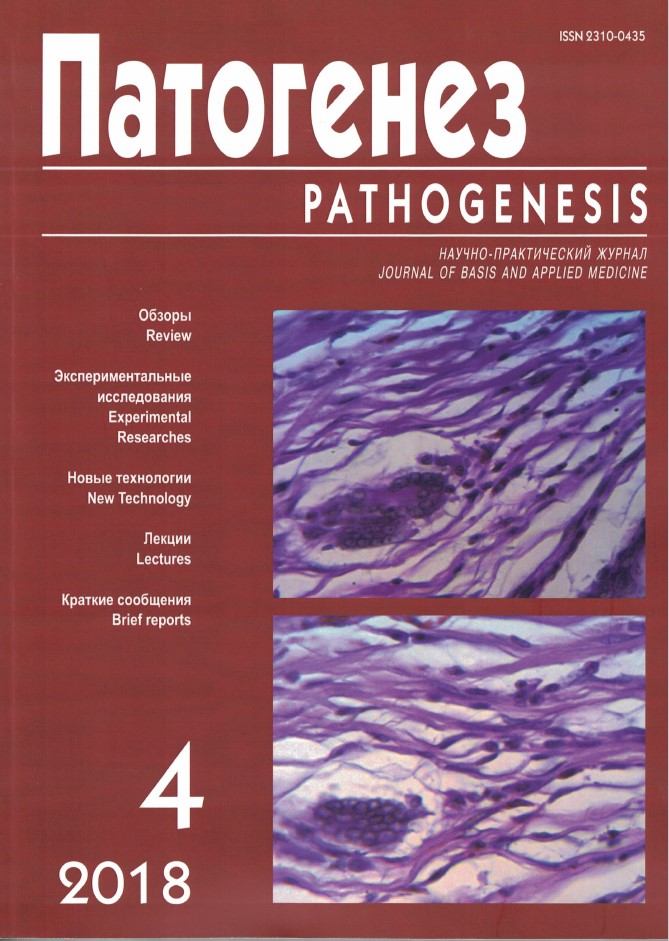Характер кровоснабжения продолговатого мозга крыс при периодическом патологическом дыхании, вызванном оксибутиратом натрия
Аннотация
В острых опытах на наркотизированных самцах беспородных белых крыс изучали кровоснабжение ствола головного мозга в зоне дыхательного центра при моделировании периодического апнейстического дыхания с помощью оксибутирата натрия. При формировании периодического патологического дыхания в микрососудах ствола мозга возникают характерные периодические колебания кровотока и оксигенации нервной ткани, которые соответствуют дыхательным движениям. Кроме того, в этих условиях увеличивается кровенаполнение и величина венозного оттока крови от мозга. Полученные данные позволяют предположить, что характерные колебания кровоснабжения мозга в ритме дыхательных движений появляются не только в стволе мозга, но и в других отделах. Они, вероятно, связаны с пульсациями венозного оттока вследствие присасывающего влияния грудной полости во время инспирации.




